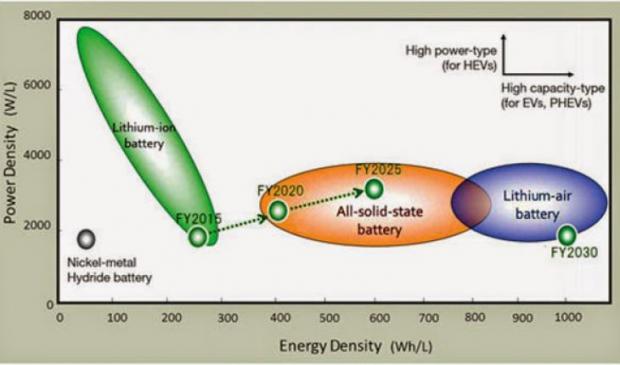
Breaking News
 Nancy Pelosi has officially announced her RETIREMENT at the end of her term, January 3, 2027.
Nancy Pelosi has officially announced her RETIREMENT at the end of her term, January 3, 2027.
 Omeed Malik: The Technocrat Muslim Billionaire Inside MAGA
Omeed Malik: The Technocrat Muslim Billionaire Inside MAGA
 Democrat-led government shutdown is now causing flight delays, threatening air traffic control,...
Democrat-led government shutdown is now causing flight delays, threatening air traffic control,...
Top Tech News
 HUGE 32kWh LiFePO4 DIY Battery w/ 628Ah Cells! 90 Minute Build
HUGE 32kWh LiFePO4 DIY Battery w/ 628Ah Cells! 90 Minute Build
 What Has Bitcoin Become 17 Years After Satoshi Nakamoto Published The Whitepaper?
What Has Bitcoin Become 17 Years After Satoshi Nakamoto Published The Whitepaper?
 Japan just injected artificial blood into a human. No blood type needed. No refrigeration.
Japan just injected artificial blood into a human. No blood type needed. No refrigeration.
 The 6 Best LLM Tools To Run Models Locally
The 6 Best LLM Tools To Run Models Locally
 Testing My First Sodium-Ion Solar Battery
Testing My First Sodium-Ion Solar Battery
 A man once paralyzed from the waist down now stands on his own, not with machines or wires,...
A man once paralyzed from the waist down now stands on his own, not with machines or wires,...
 Review: Thumb-sized thermal camera turns your phone into a smart tool
Review: Thumb-sized thermal camera turns your phone into a smart tool
 Army To Bring Nuclear Microreactors To Its Bases By 2028
Army To Bring Nuclear Microreactors To Its Bases By 2028
 Nissan Says It's On Track For Solid-State Batteries That Double EV Range By 2028
Nissan Says It's On Track For Solid-State Batteries That Double EV Range By 2028
Dyson will spend about $3 billion to make solid state battery electric car by 2020

Dyson recently spent $90 million to buy University of Michigan spinoff Sakti3. Sakti3's solid state battery technology is potentially smaller, safer, more reliable and longer-lasting than the most advanced lithium-ion batteries on the market today.
The Dyson electric car team already has a staff of over 400 and they are recruiting aggressively.
Sakti3, Inc. (sakti3.com) announced that in mid-2014 that they had produced a battery cell on fully scalable equipment with over 1100 Watt hours per liter (Wh per l) in volumetric energy density. This translates to more than double the usage time in a wearable device like a smartwatch, from 3.5 h to more than 9 h. It also translates to almost double the range in an EV like the Tesla Model S, from 265 mi to 480 mi.
Sakti3 reports that it demonstrated over 1000 Wh per l in 2012, and has since moved to a pilot tool, using all scalable materials and equipment. The technology development was guided by mathematical simulations, starting with materials, and continuing to full scale plant layout to avoid any high cost materials, equipment or processes.

 The Technocratic Dark State
The Technocratic Dark State Carbon based computers that run on iron
Carbon based computers that run on iron

